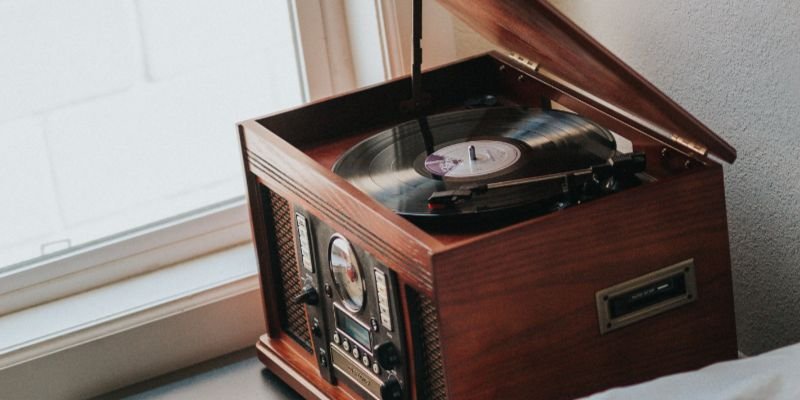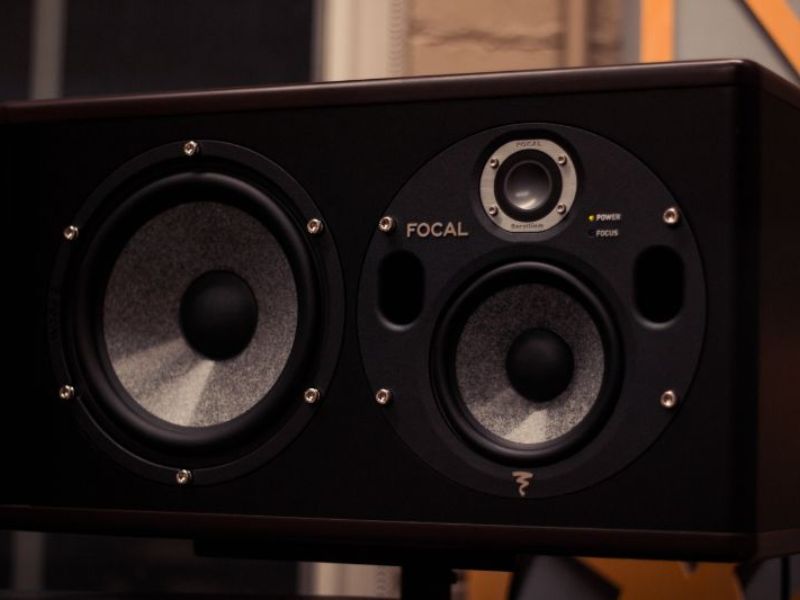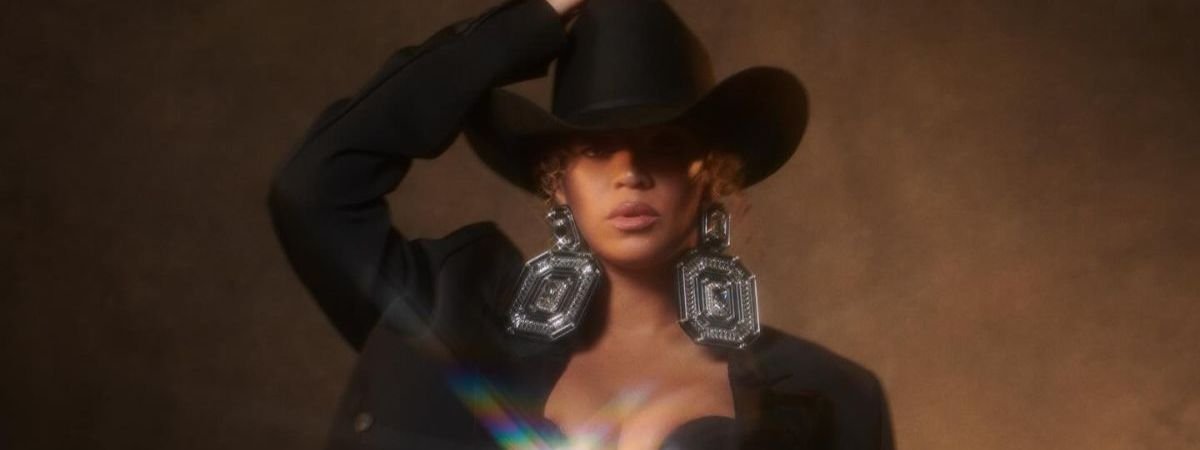7-inch singles, 12-inch remixes, and albums were shared and enjoyed, and the sleeves, artwork and lyrics were studied in depth. Record sleeve artwork became a genre in itself, with musicians forging relationships with visual artists whose signature works were as well-known as the music they illustrated.
Music or looks?
For some listeners, the record player they used to listen to was as important as the music itself. Audiophiles prized the aesthetics as much as the sound, and how the player looked was as important as the sound is generated.
But some just went along with the cheapest player they could find, regardless of sound quality or looks. One record deck was much like another; that was fine as long as they played the records without scratching them.
Then along came CDs, MP3s and streaming. Cassettes and vinyl were seen as old-fashioned, passé, and not cool until recently.
Vinyl is currently undergoing a revival, and vintage record players are back in demand. A whole new generation of music lovers is searching for answers to the same questions posed by their parents and grandparents: how does a record player work? And is there such a thing as a record player care guide? This time around, though, it’s serious. Not just any old record deck will do.
Some lucky souls will have access to their parents’ vintage turntables, but others will have to go and buy their own. There are numerous points to look out for when buying second-hand record players. There may be no such thing as a record player care guide, but you can quickly tell whether someone has taken good care of their vintage player.

How much can I expect to pay for my vintage record player?
This depends on several things. The condition of the player, the brand and model, and any extras you might want are all likely to affect the cost. The very cheap players are unlikely to do your music collection any favors, though, so you might need to spend more than you think to get a decent player.
You can spend many happy hours checking the specialist press and listings sites before you buy, making a list of extra features you would like if you can afford them, and what would be fun to have but could be added later if you have the chance. Knowing the basics of a record player care guide would be helpful, as these vintage players are often significant investments.
Condition
First and foremost, what condition is the player in? A vintage record player is likely to have seen some use, but if the turntable is set up correctly, you have a new needle, and you clean your records and store them correctly, you will enjoy a better audio experience. But how does a record player work? How do you know it is set up correctly and that it won’t ruin your records?
- The unit base should be steady, sitting flat to the table surface.
- The moving parts should move quickly, the turntable should rotate without catching, and the arm should have a full range of movement from outside the turntable to the center spindle.
- The stylus and cartridge should be clean, and the needle should be sharp and not covered in fluff or dust. A damaged stylus is the quickest way to ruin a record. Not only will it affect the sound quality, but it may mark the vinyl permanently.
Favorite brands and models
Some vintage record players will retail for incredible sums because their build and sound quality were considered superior back in the day. If you can afford to splash out, look for brands such as Kenwood, Technics, Denon, Bang & Olufson, Thorens Linn, Micro Seiki, Garrard and Marantz, among others. Some models have more iconic status than others, even within those brands, because of their elegant lines.
If you are willing to learn how a record player works and attempt the repair of a broken or damaged model, you may be able to snap up a bargain and restore it to full working status. More coveted models, for instance, by Linn, seem to start at over £500 for a base model without modifications, while Garrard units will begin with three times that.
The most expensive vintage record players have been known to sell for close to £10,000—rare designs for Acoustic Research, Michell Engineering, and the designer Dieter Rams.
Broken vintage record players can be bought to look good, but if you’re spending serious money on an item, it’s best to either know your way around how to repair it or have access to someone who does. No point in owning something as desirable as that without being able to show it off in its full working glory.

Features
Once you start doing your research, you may find certain features you would prefer to have on your player and some which are not so important after all. You may be considering digitizing your record collection or finding that a direct-drive turntable delivers the sound you need.
Some people maintain that only placing the needle manually on the record is acceptable; others prefer an automated needle drop and pickup. Whatever your budget or your wishes, the chances are there is a vintage record player out there for you. And even more comfortable listening. Happy hunting.
Try out: presents for vinyl collectors
Vintage record players are always in demand because of their depth of sound, plus they already have the element of cool that many people are searching for. It’s possible that at least some record collectors today started to collect in the 80s; equally, others are children of those collectors who have come to prefer the sound of vinyl.
How much are vintage record players worth? As much as you want to pay for them as long as they bring you what you’re looking for.








